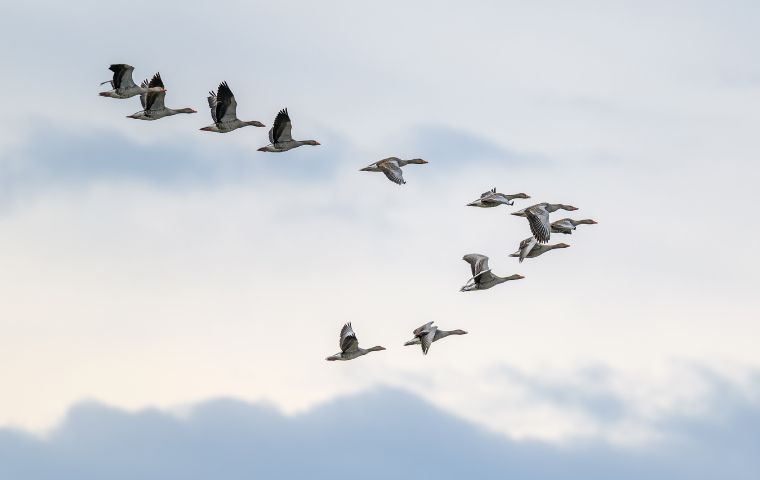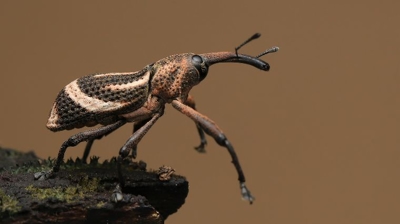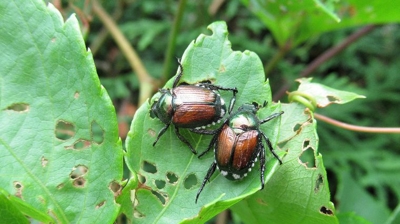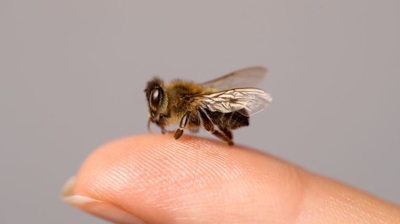
What Are Geese?
Geese are birds belonging to the family Anatidae, and they are known for their distinctive appearance, behavior, and ecological importance. Here is an overview of geese:
Types of Geese
There are numerous species of geese distributed around the world. Each species possesses unique characteristics, habitats, and ranges. Here is a list of some of the most well-known and distinctive types of geese:
- Canada Goose (Branta canadensis): Canada geese are one of the most recognizable goose species. They have a black neck and head with a white "chinstrap" and are known for their loud honking calls. They are found throughout North America and are known for their migratory behavior.
- Snow Goose (Anser caerulescens): Snow geese come in two color morphs - white and blue (also known as "blue geese"). They are known for their spectacular long-distance migrations, with massive flocks often seen during migration periods.
- Greylag Goose (Anser anser): Greylag geese are native to Europe and Asia. They have a grayish body and orange beak and legs. They are the ancestor of many domesticated goose breeds.
- Emperor Goose (Anser canagicus): These geese are native to Alaska and parts of Russia. They have striking black and white plumage with distinctive orange legs and bills.
- Barnacle Goose (Branta leucopsis): Barnacle geese have a black neck and head with white cheeks and a black breast. They breed in the Arctic and winter in northern Europe.
- Ross's Goose (Anser rossii): Ross's geese closely resemble snow geese but are smaller with a "grinning" patch of feathers on their bill base. They also migrate long distances and can be found in North America.
- Greater White-Fronted Goose (Anser albifrons): These geese have a distinctive white patch around their bill and are found in a wide range of habitats, from tundra to agricultural fields.
- Brant (Branta bernicla): Brant geese are small, dark geese with a black head, neck, and breast. They are often found along coastal areas, particularly in North America.
- Hawaiian Goose (Nene) (Branta sandvicensis): The Hawaiian goose is a unique species and the state bird of Hawaii. It is highly adapted to the Hawaiian Islands and is considered endangered.
- Bar-headed Goose (Anser indicus): These geese are known for their high-altitude migrations over the Himalayas. They have striking black and white markings on their head and neck.
- Red-breasted Goose (Branta ruficollis): This small goose species breeds in Siberia and winters in southeastern Europe and Asia. It is known for its bright red neck and breast.
- Pink-footed Goose (Anser brachyrhynchus): Pink-footed geese breed in Greenland and Iceland and winter in northern Europe. They have pinkish feet and a dark head.
These are just a selection of the many species of geese found across the globe. Each species has adapted to its specific environment and plays a unique role in the ecosystems where they are found.
Geese Appearance
Geese display a variety of physical characteristics, but they share some common features that help distinguish them as waterfowl. Here is a description of what geese generally look like:
- Size: Geese vary in size, but they are typically medium to large birds. The size can range from about 20 inches (50 cm) in length for smaller species to over 40 inches (100 cm) for larger ones.
- Body Shape: Geese have a robust and sturdy body with a rounded chest. They have relatively long necks, which are flexible and allow them to reach vegetation underwater while foraging.
- Head: The head of a goose is characterized by its shape and coloration. It often features a distinctive color pattern, with a black or dark-colored neck and head. Some species have white or light-colored cheeks or face patches. Their eyes are typically dark and have good vision both in and out of the water.
- Bill: Geese have bills that can vary in shape and size depending on the species. Some have short, stubby bills, while others have longer, more pointed bills. The bill coloration can also vary, with shades of orange, yellow, or black.
- Plumage: The plumage (feathers) of geese can vary significantly among species. Some geese, like the Canada goose, have a mix of dark and light feathers on their bodies. Others, like snow geese, can be mostly white or grayish. The specific coloration and patterns depend on the species.
- Wings: Geese have strong and broad wings, which are adapted for powered flight. They typically have a pointed shape and are used for long-distance migration. In flight, geese often form a distinctive V-shaped formation.
- Legs and Feet: Geese have webbed feet, which are well-suited for swimming and foraging in aquatic environments. The color of their legs and feet can vary from pink to orange or black.
- Tail: The tail of a goose is usually short and rounded. It may have a few feathers that extend beyond the tail tip.
While these are general characteristics of geese, there is considerable variation in appearance among different species. Some species may have unique features or colorations that distinguish them from others. Additionally, age and sex can also influence the plumage and appearance of geese.
Learn more: Can Geese Fly?
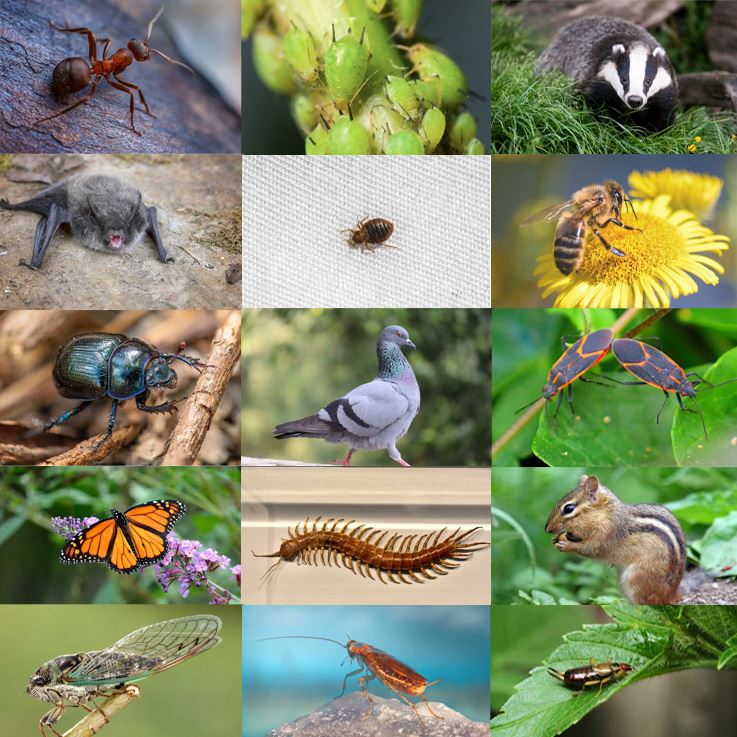
Geese Diet
Geese are primarily herbivorous birds, and their diet primarily consists of plant matter. However, the specific foods they consume can vary depending on the species, the season, and the availability of resources in their habitat. Here's an overview of what geese typically eat:
- Aquatic Plants: Many species of geese are highly adapted to aquatic environments and feed extensively on aquatic plants. They graze on submerged and emergent vegetation in wetlands, lakes, ponds, and rivers. Common aquatic plants in their diet include pondweeds, sedges, watermilfoil, and various types of algae.
- Grasses: Grasses make up a significant portion of a goose's diet, especially in terrestrial habitats like meadows and grasslands. They graze on a wide variety of grass species, including Kentucky bluegrass, fescues, and ryegrasses.
- Grains: Geese readily consume grains such as wheat, barley, oats, and corn, particularly when these crops are available in agricultural fields. This is especially true during the fall and winter months when geese are preparing for migration or overwintering.
- Seeds: Geese feed on a variety of seeds, including those from wildflowers, sedges, and grasses. They may also consume the seeds of aquatic plants they encounter while foraging in wetlands.
- Roots and Tubers: Some species of geese, like the greater white-fronted goose, feed on the underground parts of plants, such as roots and tubers. These food sources are particularly important in tundra habitats.
- Algae and Invertebrates: While their primary diet is plant-based, geese occasionally consume small aquatic invertebrates like insects, snails, and crustaceans. They may also eat algae and other microscopic organisms when foraging in water.
- Land Vegetation: Geese may graze on terrestrial vegetation such as clover, dandelions, and other broadleaf plants found in grassy areas, pastures, and agricultural fields.
- Crops: In agricultural areas, geese can become significant pests by foraging on crops like wheat, corn, and rice. This can lead to conflicts with farmers and the implementation of measures to deter geese from crop fields.
- Human-Provided Food: In urban and suburban areas, geese may opportunistically consume human-provided food, such as bread and other scraps. It's important to note that feeding geese bread is not a healthy or recommended practice, as it lacks proper nutrition and can lead to health problems for the birds.
Geese have a diverse diet that can vary depending on the season and the geographic location of their habitat. They are efficient grazers and foragers, and their ability to switch between different food sources makes them adaptable and successful in a wide range of environments.
Learn more: What Do Geese Eat?
Geese Habitat
Geese are highly adaptable birds that can be found in a wide range of habitats across the world. Their habitat preferences can vary depending on the species and their specific ecological requirements. Here's an overview of some of the various habitats where geese are commonly found:
- Wetlands: Many species of geese are closely associated with wetlands, including marshes, swamps, and shallow lakes. Wetlands provide an abundant supply of aquatic vegetation, which is a staple in the diet of most geese. These areas also offer suitable nesting sites and protection from predators.
- Lakes and Ponds: Geese are frequently seen on freshwater lakes and ponds, especially during migration and wintering periods. These habitats offer open water for swimming and access to submerged vegetation for feeding.
- Rivers and Streams: Some geese, like the Canada goose, inhabit rivers and streams, particularly in areas with ample riparian vegetation. They may nest along riverbanks and feed on aquatic plants and insects.
- Coastal Areas: Coastal habitats, including estuaries, salt marshes, and shorelines, are home to several species of geese. Coastal environments provide both saltwater and freshwater resources, and geese can often be seen foraging along beaches and tidal flats.
- Grasslands and Meadows: During the breeding season, many geese species prefer open grasslands and meadows for nesting. These areas provide a variety of plant species for feeding, and the relatively open landscape allows for easy detection of predators.
- Tundra: Arctic and subarctic tundra habitats are essential for several species of geese during the breeding season. Geese that nest in these regions, such as the snow goose and the emperor goose, rely on the short growing season and abundant insect populations.
- Agricultural Fields: Geese are known to exploit agricultural fields, particularly during the fall and winter months when crops like grains and corn are readily available. Large flocks of geese can cause both benefits (crop fertilization) and problems (crop damage) for farmers.
- Urban and Suburban Areas: Some species of geese, notably Canada geese, have adapted to urban and suburban environments. They often nest in parks, golf courses, and other green spaces and can become accustomed to human presence.
- High-Altitude Habitats: Certain species of geese, such as the bar-headed goose, are known for their ability to inhabit high-altitude regions, including mountainous areas and plateaus. They are well-adapted to the thin air and harsh conditions found at high elevations.
- Migratory Routes: Geese are migratory birds, and they utilize a variety of habitats along their migration routes, including resting areas like lakes and coastal stopovers where they can refuel for their long journeys.
Geese are highly adaptable and resourceful, which allows them to thrive in diverse habitats. However, their choice of habitat can also vary seasonally, as they often migrate long distances between breeding and wintering grounds. This adaptability is one reason why geese are found on nearly every continent and in a wide range of ecosystems.
Goose Life Cycle
The life cycle of geese, like many birds, involves several distinct stages from hatching to adulthood. Geese are known for their strong family bonds and migratory behavior. Here is an overview of the life cycle of geese:
- Egg Stage: The life cycle begins with the construction of nests. Geese typically build their nests on the ground near water, often using grasses, reeds, and down feathers to create a comfortable and insulated nesting site. Female geese (called "hens") lay a clutch of eggs, typically ranging from 3 to 12 eggs, depending on the species. The eggs are usually laid one day apart. The female incubates the eggs, keeping them warm by sitting on the nest. During this period, which lasts approximately 25 to 30 days, she turns the eggs regularly to ensure uniform temperature and proper development. After the incubation period, the eggs begin to hatch. Goslings use a specialized egg tooth to break through the shell. They are born precocial, meaning they are born with their eyes open, covered in down feathers, and able to move shortly after hatching.
- Gosling Stage: Both parents, the gander (male) and the goose (female), play active roles in caring for the goslings. They protect them from predators, keep them warm, and lead them to suitable foraging areas. Goslings primarily feed on vegetation, insects, and small aquatic invertebrates. The parents guide them to suitable food sources and teach them to forage. Goslings grow rapidly, and their down feathers are gradually replaced by juvenile plumage. They become more mobile and develop the ability to swim.
- Fledgling Stage: As the goslings continue to grow, they undergo their first molt, growing flight feathers. They begin practicing short flights and gradually gain the ability to fly. Fledglings become increasingly independent but often stay close to their parents for several months, learning essential skills such as navigation, migration routes, and social behaviors. For migratory species, this stage involves strengthening their flight muscles and preparing for the upcoming long-distance migration.
- Adulthood: Geese reach sexual maturity at different ages depending on the species, but it typically occurs after their first year. Once sexually mature, they may begin forming their own pair bonds. Many geese form monogamous pairs, and these pairs often last for life. During the breeding season, they establish nesting territories and engage in courtship behaviors.
- Reproduction: Adult geese engage in nesting activities, constructing nests and laying eggs, thus continuing the cycle. The cycle repeats as they incubate the eggs, hatch and raise the goslings, and teach them the skills needed for survival.
Geese are known for their strong family bonds, and many species exhibit cooperative breeding, where family groups from previous years help raise and protect the young goslings. The life cycle of geese is closely tied to the changing seasons, with migration being a prominent and critical aspect of their annual cycle, allowing them to find suitable breeding and wintering habitats.

Hear From Our Happy Customers
-
"Professional & Considerate"
I’m pleased with Miche services. Jarvis came today. Professional and considerate. Thank you!
- Judy B. -
"Wonderful Service"
Wonderful service. Jarvis is great. Took care of everything I needed. Thank you!
- Henry P. -
"Great Communication"
Tech was on time, communication was great, and he accommodated my needs.
- Alonzo W. -
"Fantastic & Patient"
Jarvis was fantastic and patient. He answered my questions with an in-depth explanation and addressed all of my areas of concern. Would love for him to be my assigned tech going forward. Well done!
- Yonnette M. -
"Very Knowledgeable"
The tech that arrived was courteous, professional, and very knowledgeable. He was Great.
- Uerial I. -
"Exceeds Expectations"
I can’t say enough positive things about this company... The tech that came out, Jarvis went above and beyond my expectations. Thank you guys, I will continue using your services.
- Jake M.

